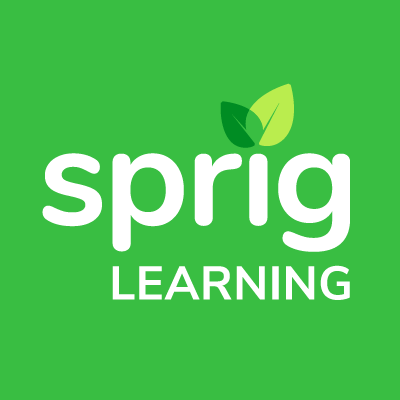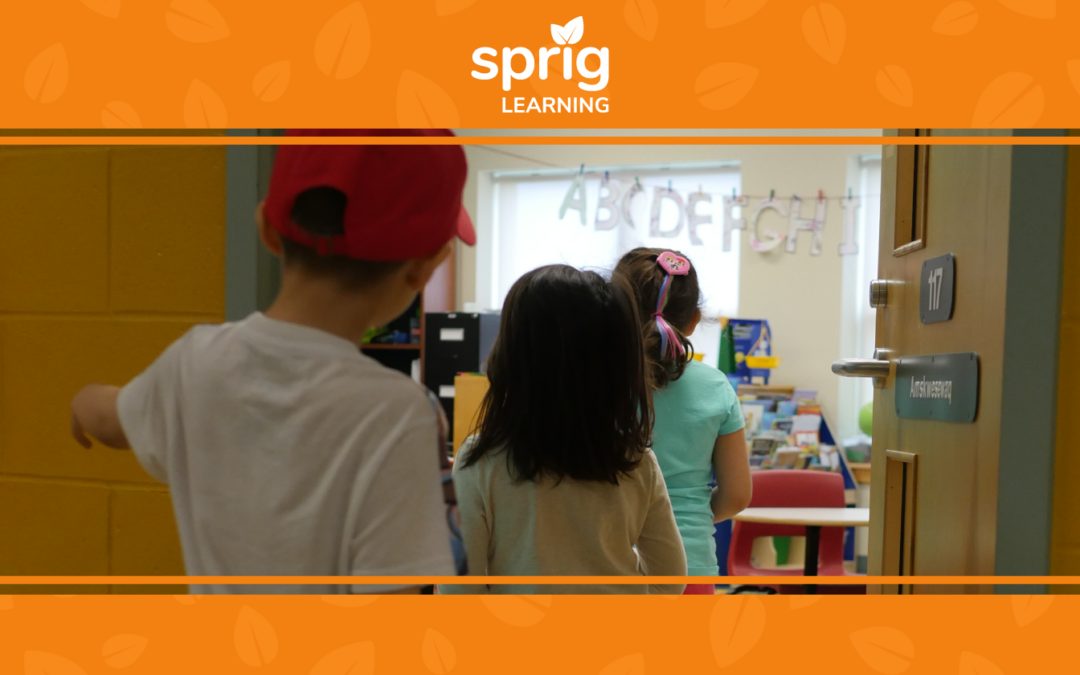Student success is often top of mind for educators and administrators.
Most other early learning outcomes, whether academic, socio-emotional, or more holistic in nature, are intricately connected to the overarching goal of student achievement.
At Sprig Learning, our focus lies in finding effective early learning solutions tailored for teachers instructing preK to Grade 3 children.
The mission involves facilitating successful learning experiences by presenting proven strategies that have worked for various schools, families and communities.
Sprig has previously presented stories and themes centered around enhancing early learning in school districts. This article covers successful case studies. It sheds light on 5 compelling case studies derived from 16 different schools across the US.
Each case study is paired with key takeaways, providing valuable insights for both educators and administrators.
Case Study 1. Key Lessons in Closing Achievement Gaps: Insights from Successful Urban School Districts

Credit: Google Earth. Charlotte-Mecklenburg School.
In the early 2000s, Houston Independent School District, Charlotte-Mecklenburg Schools and Sacramento Unified School District were able to reduce the achievement gap for disadvantaged and minority students.
They demonstrated an upward trend of overall student achievement for at least three years.
Improvement was consistent and the rate of improvement was higher than in comparison districts.
All three of these large urban school districts shared commonalities regarding what worked for them in improving student success.
They were able to align curricula with state standards and translate these standards into instructional practice.
In particular, attention was paid to the lowest performing schools to help them with resources, teachers and administrators.
Data from early and ongoing assessments were provided to educators and principals to help identify both student and teacher weaknesses, so improvements could be made.
Changes began at the elementary level, emphasizing shared accountability between the board and superintendent for student success, with refined joint visions and enduring relationships.
Takeaway: Systematic and Acute Planning for Better Student Results
There were so many critical and important decisions at these three school districts. At the heart of it all was directed planning.
It was decided from the beginning that the goal would be to improve the assessment scores of those students at the lower end of the achievement distribution.
Every other decision was made in support of this ultimate goal.
The alignment between the board and the superintendent was ensured from the beginning, to solidify the vision.
The standard of content and instruction were raised that would benefit the students once the changes were made.
On a day-to-day level, the frequent usage of assessment data came into practice, which really helped educators identify students in need of greater support.
From top to bottom, the plan was created and executed to accomplish the set goal of reducing performance disparity.
Case Study 2. Boosting Literacy Skills: Andover Schools’ Success Story

Credit: Andover Public Schools
Andover Public Schools was able to decrease the share of K–2 students scoring below benchmark on the Dynamic Indicators of Basic Early Literacy Skills (DIBELS) assessment by ten percentage points for the 2018-2019 school year.
DIBELS is a set of procedures and measures for assessing the acquisition of literacy skills.
In that same school year, there was a 14% decrease in out-of-district placements. An out-of-district placement occurs when it is determined that a student needs more intensive support than can be provided in the district.
Andover partnered with the Massachusetts General Hospital (MGH) Institute of Health Professions, to develop literacy micro-credentialing coursework throughout the first half of the school year. There were 25 Instructional Assistants from 5 elementary schools that were selected.
The training included ten hours of instruction on leading literacy interventions. It also consisted of structured observations of both advanced and struggling readers.
Takeaway: Training Paraprofessionals Via Collaborations
Andover Public schools realized that their educators needed more support in providing the type of specific interventions that were required to help struggling readers.
Such help was ensured very smartly through a collaboration with a local institution, so certain members of the early learning workforce could be appropriately upskilled.
Seeing the success of involving the instructional assistants, Andover will continue to measure students’ growth in literacy over time, to deploy the right resources to services involving paraprofessionals.
It’s important to partner with the right organizations who have the capacity to train specialists who are adept at doing a particular task. They greatly help teachers in assisting those students who demand more attention.
Case Study 3. Transforming Kindergarten Readiness: Indianola’s Inspiring Success Amid Challenges
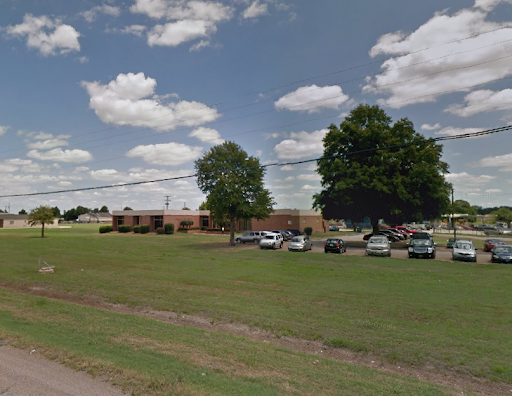
Credit: Google Earth. Sunflower County Consolidated School District.
The community in Indianola, Mississippi was able to increase the rate of kindergarten readiness by nearly 25%, despite struggling with lack of access to resources and intergenerational poverty.
Since 2014, there’s been a consistent rise in the percentage of kindergarten entrants who meet or exceed the assessment threshold predicting third-grade reading proficiency.
This was accomplished by working with the Indianola Promise Community to create better early childhood programs and services in the area and the local school district.
The Early Head Start Child Care Partnership program’s Classroom Assessment Scoring System (CLASS®1) scores from different teachers were analyzed to identify teachers making the most gains with their students.
(CLASS®1) is a PreK teacher-child observation instrument used to assess preK children.
These high-quality teacher-child interactions were studied for modeling purposes.
The strategic use of data to align early childhood strategies continued into elementary school.
The Sunflower County Consolidated School District in Indianola had to build the culture of using data at the classroom level.
The district created a tracker that each teacher, principal, superintendent, school could use.
The data from this tracker was used to identify students who needed extra support. Targeted interventions were subsequently personalized to meet students’ needs.
The school district also regularly sent data cards home to families and provided activities to help parents interpret the data.
Takeaway: A Joint Effort Between Early Learning Programs, the School District and Families.
What happened in the community of Indianola is a classic example of involving the whole community to be more child centric.
By sharing data between the early learning programs, the school district, and the parents, it became easier to track student progress as they moved through the education system.
Case Study 4. Valuable Insights from Chicago Elementary Schools: Strategies for Elevating Standardized Test Gains
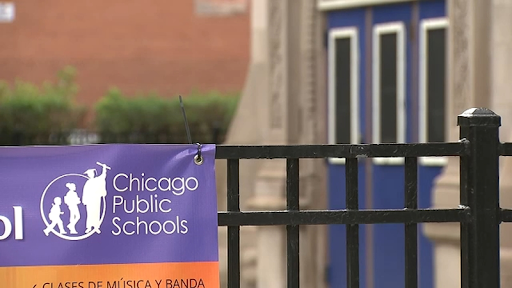
Credit: Abc 7 Chicago
The University of Chicago Consortium on School Research conducted a study on 6 elementary schools in Chicago Public Schools. Three of the schools had improving Illinois Standards Achievement Test (ISAT) Scores, while three of them had declining or flat ISAT scores. The ISAT (now discontinued) measured achievement in both reading and math from grade 3 to grade 8.
The schools with improving ISAT scores shared similar traits. The names were anonymized in the case studies.
The findings provide an insight as to what can be done to achieve higher learning gains on standardized tests.
The lessons congregate around two themes — individualizing student goals and systematizing approach to meeting goals.
Takeaway 1: Individualizing Student Goals
Differentiating instruction is the first step of the personalization of instruction. It usually refers to differentiating by groups of students.
For example, in the case studies, the staff identified different tiers of support for student groups.
Tutoring programs were made available for students who needed extra support. Counseling was made available for students with attendance issues.
But beyond differentiated group instruction, a culture had been created to support and nurture each and every student at an individual level, without constraining any of the existing resources.
The staff encouraged students to set their own learning goals. Learning was very personalized where students took ownership over what they learned and met the goals they set for themselves.
Indeed, activating early learners by getting them to own their learning is one of the suggested best practices of formative assessments, a type of assessment used widely by educators across North America.
If anyone steered off track with lower grades or missed assignments, teachers met with the students and parents to find out what’s happening.
There were also homeroom teachers in place to make interventions after observing a student and their behaviors across the different classes.
In the Sprig Learning platform, it’s possible to filter down to the individual level, where a history of assessments and activities completed can be seen for any student.
Takeaway 2: Establishing Mechanisms for Ongoing Progress Monitoring
The expectation for schools in the case studies, was for every student to reach high academic levels.
The staff met in grade level teams to set growth targets in reading, math and attendance for the year.
Teachers and administrators collaborated to monitor progress towards goals by regularly meeting in grade-level and vertical-planning teams.
Administrators helped educators break down the data by student, classroom, and grade level.
The Sprig platform also allows teachers, staff and administrators to filter data by classroom and grade, facilitating grade-level and vertical-planning meetings.
Even where leadership was decentralized and educators were given more freedom to take actions best suited to help their students, there was some sort of mechanism in place to ensure progress was being made.
At regular intervals (every 5 weeks, in one example), the principals or instructional coaches looked at student progress reports to identify trends. In grade-level meetings, teachers are asked to explain their choice of assignments. Coaches would provide feedback to teachers on their assignments.
Teachers would also get together to give each other advice about how to help students.
Though collaboration time and preparation time were scheduled, teachers would often meet before and after school and during lunch breaks to discuss such matters.
Lack of time for educators is often cited as one of the major challenges in early learning. Even in success stories, it’s seen that teachers have to improvise work hours in order to accomplish everything that they want to.
It helps to have a platform that keeps all student data in one place, and makes that platform available to all educators and professionals who consult on a certain student’s learning.
It certainly speeds up things in getting everyone on the same page when it’s time to discuss learning needs, thereby saving valuable time for all educators involved.
Case Study 5. Unveiling Success: Key Insights from Maryland’s High-Performing Schools
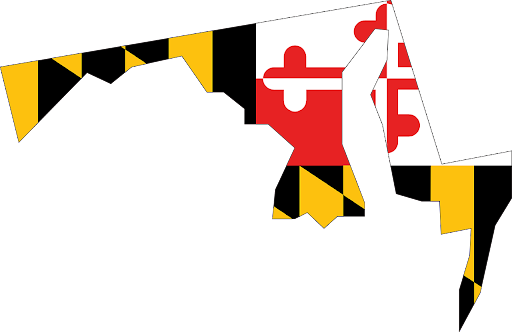
The Maryland State Department of Education did a cross case analysis of some of its schools that were classified as high-performing or high-growth for disadvantaged student groups, such as students from low-income families, minority students, and English language learners.
The performance or growth of such performance, was measured using the percentage of students scoring proficient or advanced on the Maryland School Assessments.
Looking at five elementary schools (Chillum, Bel Air, Chadwick, James. H Harrison and North Frederick) from four different counties, many common characteristics were identified.
Takeaway: Empowering Education Through Data-Informed Strategies and Collaborative Cultures
Schools that integrated ongoing data analysis into their teaching practices demonstrated a commitment to understanding their current situation and progress.
This involved regular meetings among teachers and instructional staff to discuss data and adjust instruction based on insights gained. This foundation of data-driven decision-making enabled schools to identify areas of improvement and set up practices to address them effectively.
Additionally, revising curriculum, adopting new instructional materials, offering multiple interventions like tutoring and extended day academic help, and implementing summer school programming played pivotal roles in raising education quality. These multifaceted interventions catered to the diverse needs of students, offering targeted support to those who needed it most.
By zooming out to the entire class, schools could explore innovative instructional approaches and materials that aligned with both rigorous standards and individual learning styles.
Ultimately, these strategies created a holistic educational experience, closing the loop on the data-driven cycle and fostering a collaborative culture that propelled student achievement.
Improving Student Achievement– Replicating Early Learning Student Successes

Having read all of these case studies, one notices that they each have slightly different goals. Some specifically wanted to reduce the success gap between groups of students, others catered more towards kindergarten preparedness, while others focused on raising performance on tests.
All are however related to improving student achievement, which remains a topmost priority for all school districts and schools in North America.
Whether it’s creating the right vision for early learning, or writing a high-performing school improvement plan, Sprig likes to present what works for schools with articles such as these.
The findings from these five case studies provide invaluable insight. They demonstrate that it is indeed possible to ensure school readiness, achieve greater scores and reduce the performance gap by taking the right actions.
Hopefully, these shared experiences from school districts across the continent are useful to you. To explore solutions that help to replicate such early learning student success, please see our homepage.
